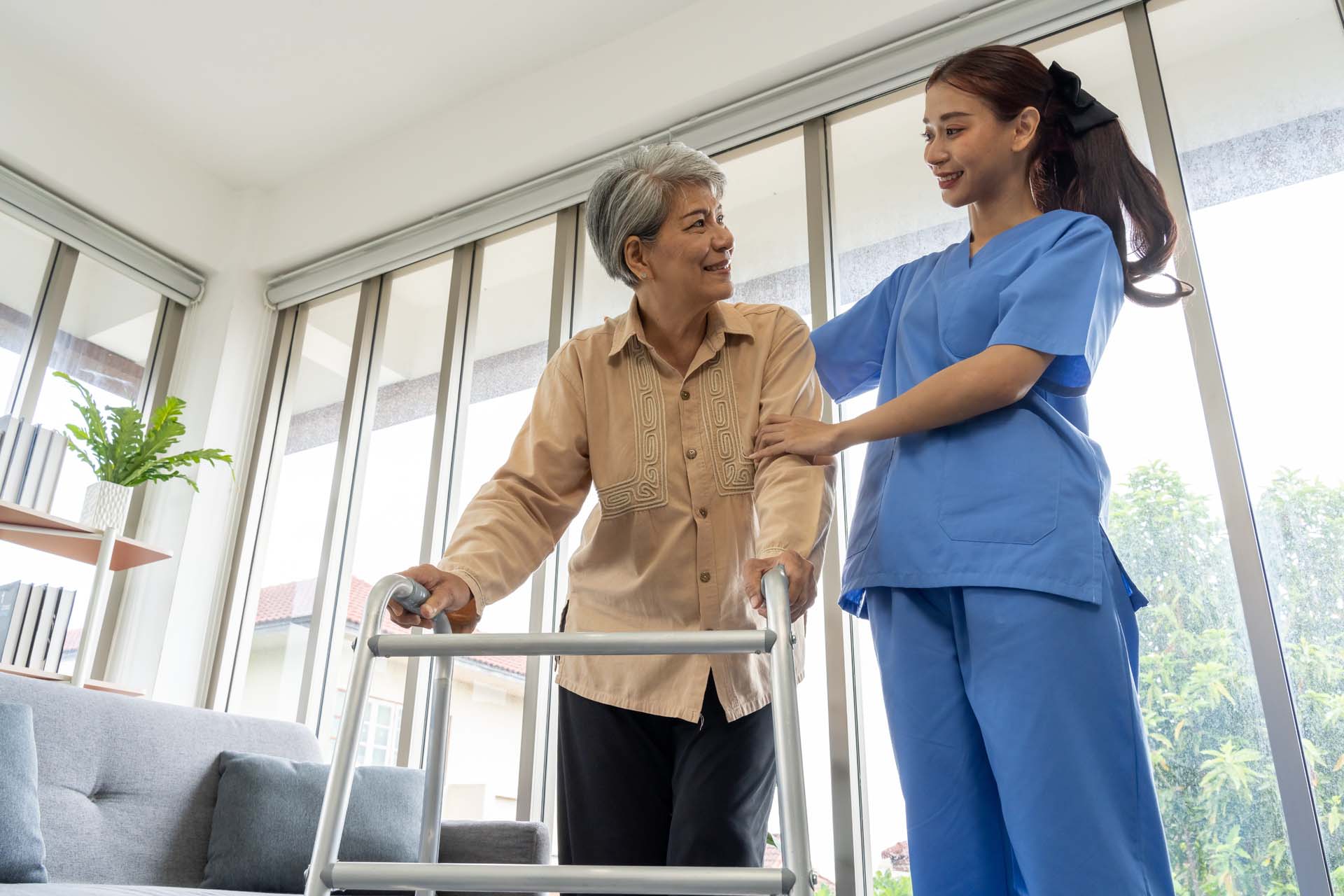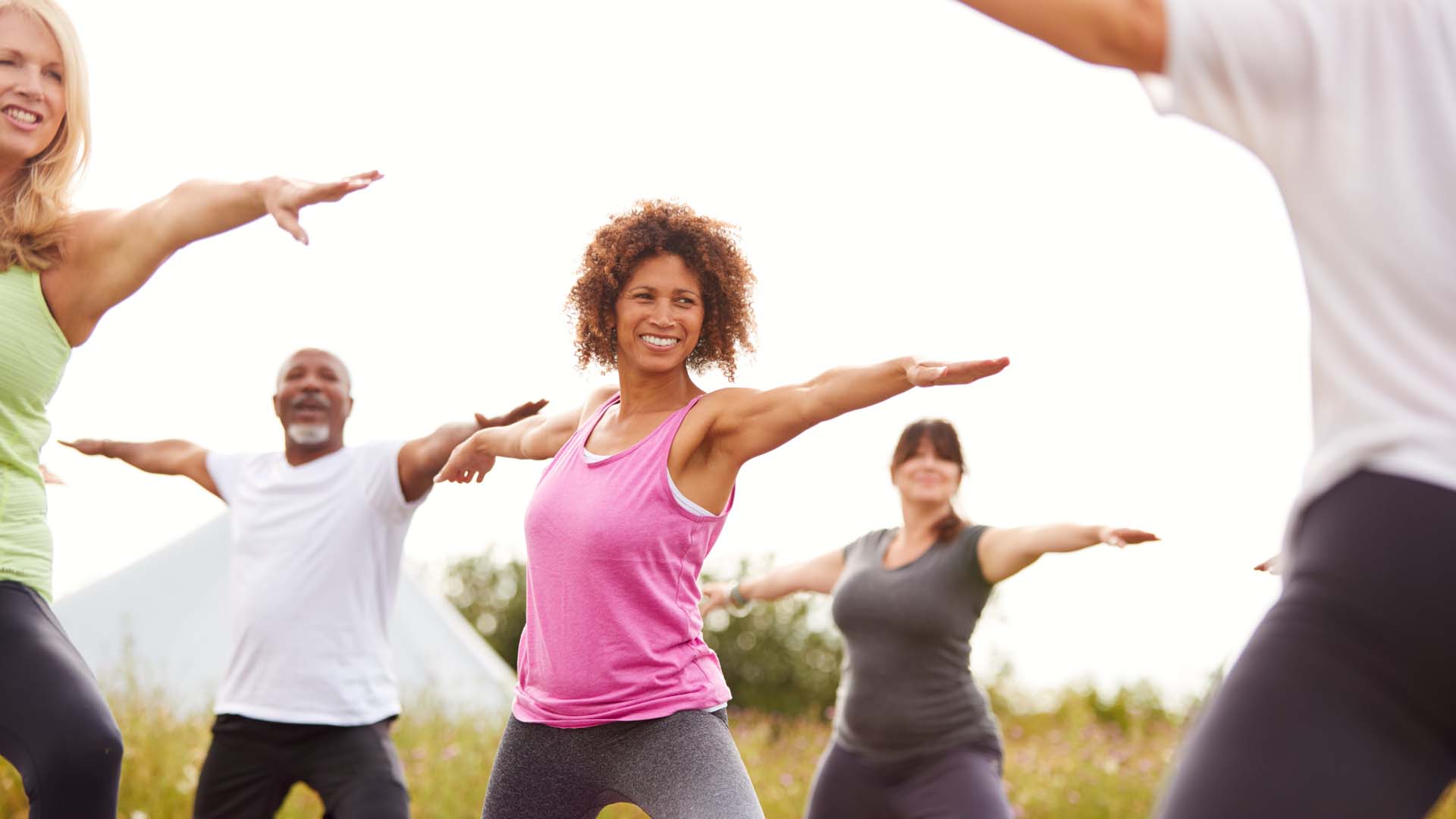How to keep well in cold weather: expert tips from a GP
Conquer the cold, not your budget, with these affordable ways to stay warm and healthy this winter.
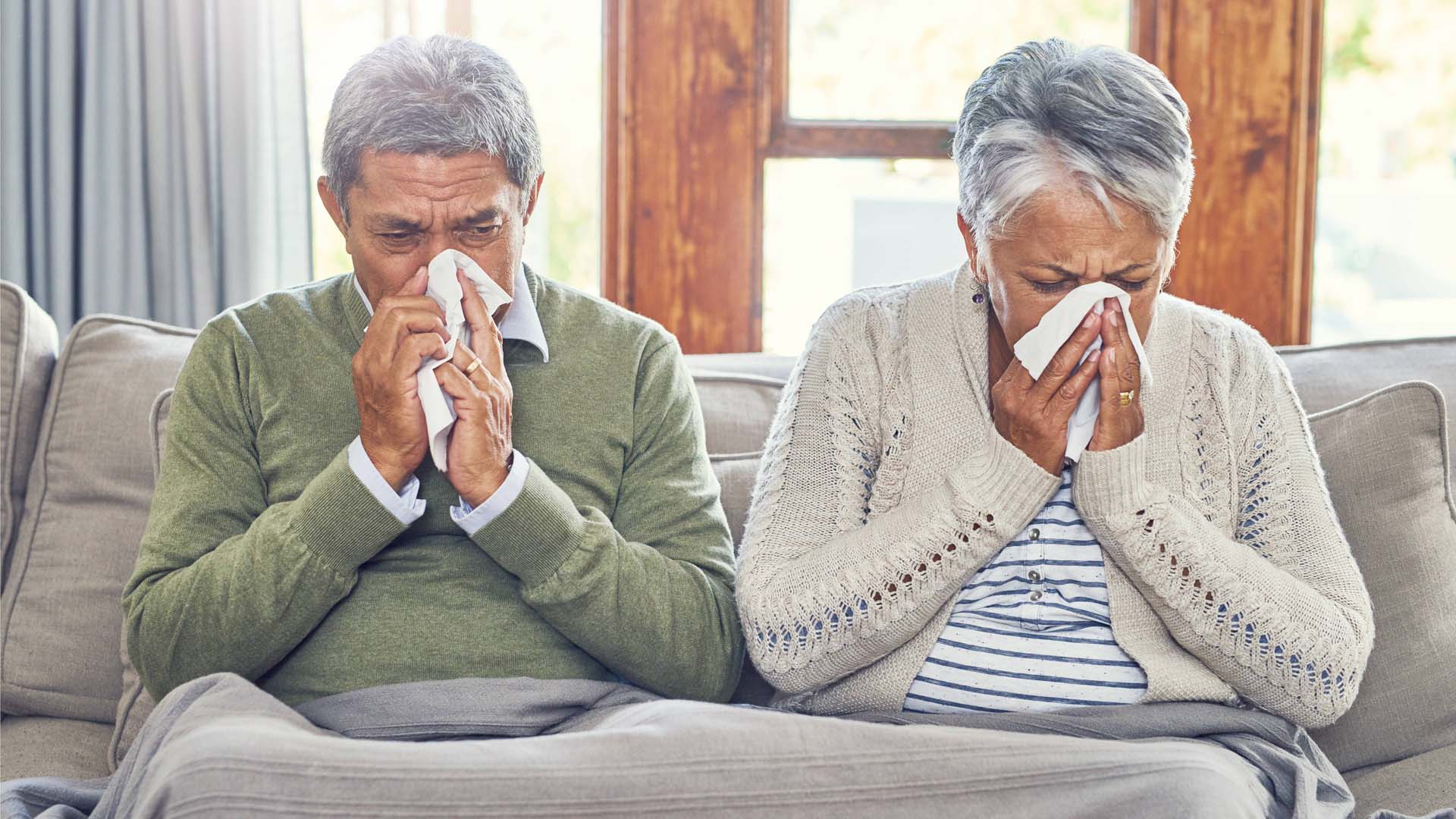
Conquer the cold, not your budget, with these affordable ways to stay warm and healthy this winter.

In these freezing temperatures it's a time to turn up the thermostat or light the fire. For many, warmth isn't a luxury, it's a necessity to help us stay well.
The cold can bite deep, affecting us more as we get older and putting the lives of those with underlying health conditions at risk. But it can be difficult to just turn the heating up, especially if you're feeling the loss of the Winter Fuel Payment this winter.
We've got advice from a GP on the best ways to keep warm and healthy that won't break the bank.
Dr Jay Verma, GP Partner at Shakespeare Health Centre and President of the General Practice with Primary Healthcare section at the Royal Society of Medicine says that with a bit of preparation, everyone can keep warm and well this winter.
“As we get older it becomes harder for our bodies to detect how cold we are and it takes longer to warm up,” explains Verma.
“For older people in particular, the exposure to the cold can worsen the risk of heart attacks, strokes and respiratory illnesses like pneumonia.”
For this reason, Verma advises keeping your home (or at least one main room) at a constant warm temperature of at least 18°C (65°F). This is better for you than having bursts of having a hot room, followed by cold.
You can get devices to monitor the temperature of a home or activity levels of a loved one, sending alerts to carers or family member if it falls below a certain level. Try SenseCare from Oysta or Taking Care Sense.
In short, no. Colds, flu, Covid and RSV are all respiratory illnesses caused by viruses. While colder weather doesn't cause these, they are more prevalent in the winter months.
Some research has shown that some cold and flu viruses survive more easily in cold, dry conditions, which means they thrive in winter. However, research has found that being cold can lower your immune system, leaving you more at risk of catching various illnesses.
As the nose is one of the main entry points for viruses, wrapping a scarf around your nose and mouth can help as it warms up the temperature in your nose.
Read more about which vaccines you need this winter.
Cold weather can worsen symptoms of arthritis, increasing the risk of accidents in the home from loss of strength and dexterity in the hands.
As well as maintaining that warmer temperature inside the home, hot drinks and hand warmers can help,” advises Verma.
“Fingerless gloves might be worthwhile to add that extra layer of warmth, but help avoid the risks of dropping plates or mugs.”
We love these Turtle Doves Cashmere Wrist Warmers, RRP: £32
Eating regularly helps you keep warm

Your diet is an integral part of staying safe and warm in cold temperatures. While warm drinks are one way to do this, eating regularly will also help keep your body temperature up.
In general, foods that take longer to digest can help raise your body temperature and make you feel warmer.
Examples of foods that do this are carrots, potatoes, bananas and oats. Eating regular small snacks is OK, but the charity Age UK recommends that you should try to have at least one hot meal a day, along with regular hot drinks.
Verma says: “If you are worried about a relative or friend missing out on important nutrition, it’s worth checking in on them for a cup of tea and maybe bringing a meal which you or they can heat up.”
Your body makes most of its vitamin D from sunlight. Vitamin D is also found in oily fish, eggs, meat and fortified breakfast cereals, but during the winter months, the lack of sunlight makes it difficult for your body to make the vitamin D it needs.
As well as helping to support strong bones and reduce the risk or cardiovascular disease, not getting enough vitamin D can also make your immune system more susceptible to infection.
The NHS recommendation is to take 10ug of vitamin D daily during the winter months.
Read more about why you should be taking vitamin D.
Fractures can be dangerous in colder months

“A slip on an icy driveway can cause a fracture in a frail person and result in a long wait for an ambulance,” says Verma.
As well as taking practical measures such as gritting a driveway or making sure you’re wearing suitable footwear, Verma also suggests those who could be vulnerable to falls and live alone should consider a wearable device, such as Oysta Rio or Age UK's own personal fall detector alarm.
“The world has moved on from static button and boxes, and devices like this not only provides a panic alarm and falls detection, but can also be worn in the shower as well,” he says.
We’ve put together some top tips for boiler maintenance and safety checks, so you can avoid unexpected repair costs.
Prevention is always better than cure, so when the weather isn’t so arctic, it’s a good time to stock up on essentials such as batteries and blankets in case of a power cut or ensure emergency numbers are saved somewhere easy to find.
“It’s also worthwhile checking you have enough medication available or if you should follow up with your GP practice to order any repeat prescriptions,” says Verma.
Make sure people who might need extra help are signed up to the Priority Services Register, a free support service that makes sure extra help is available to people in vulnerable situations.
This is particularly useful during cold spells as they can help when there’s an interruption to electricity, gas or water supplies.
Jayne cut her online journalism teeth 24 years ago in an era when a dialling tone and slow page load were standard. During this time, she’s written about a variety of subjects and is just at home road-testing TVs as she is interviewing TV stars.
A diverse career has seen Jayne launch websites for popular magazines, collaborate with top brands, write regularly for major publications including Woman&Home, Yahoo! and The Daily Telegraph, create a podcast, and also write a tech column for Women’s Own.
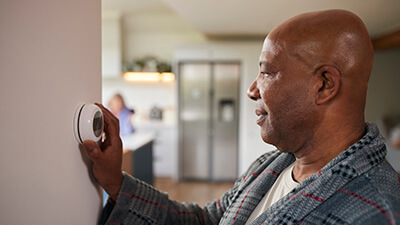

Guard against inconvenient and unexpected boiler failure with Saga Home & Heating Emergency cover and boiler service option.
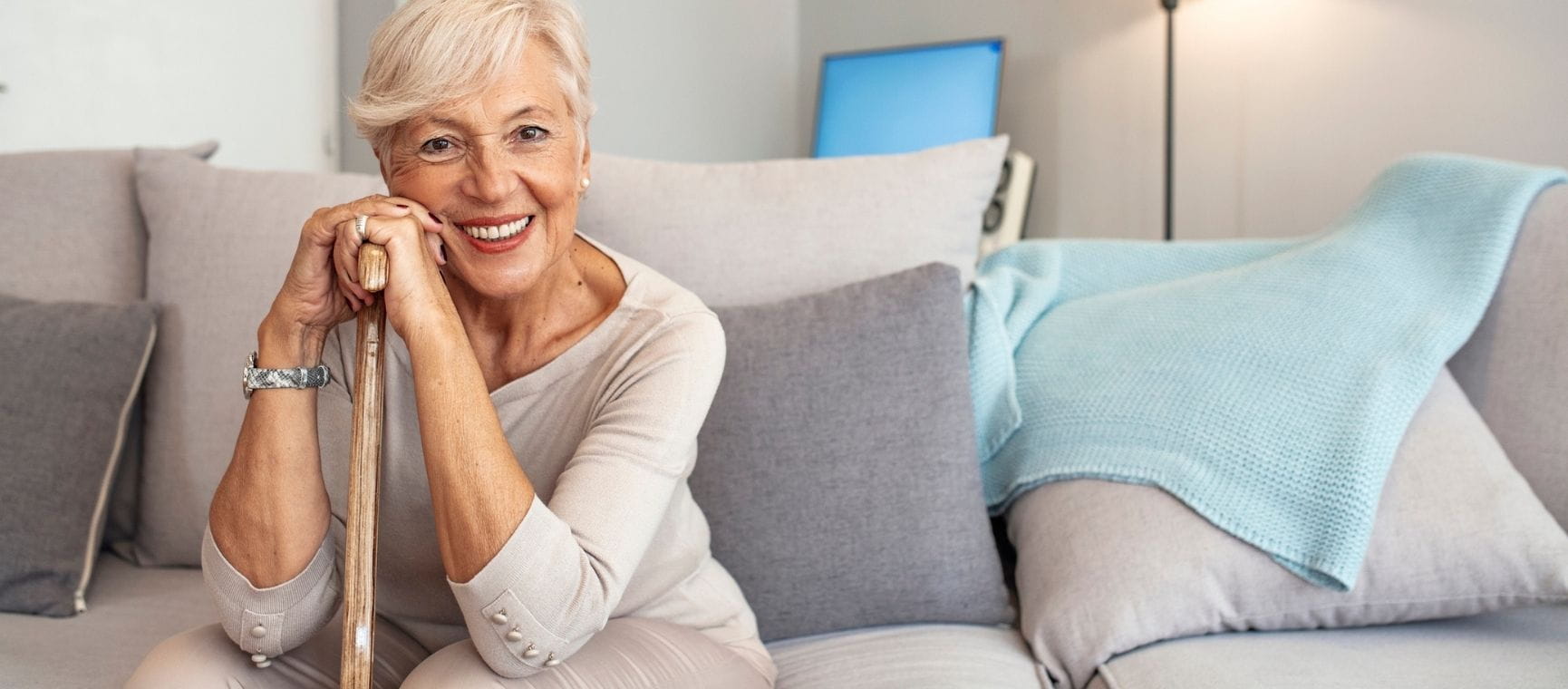
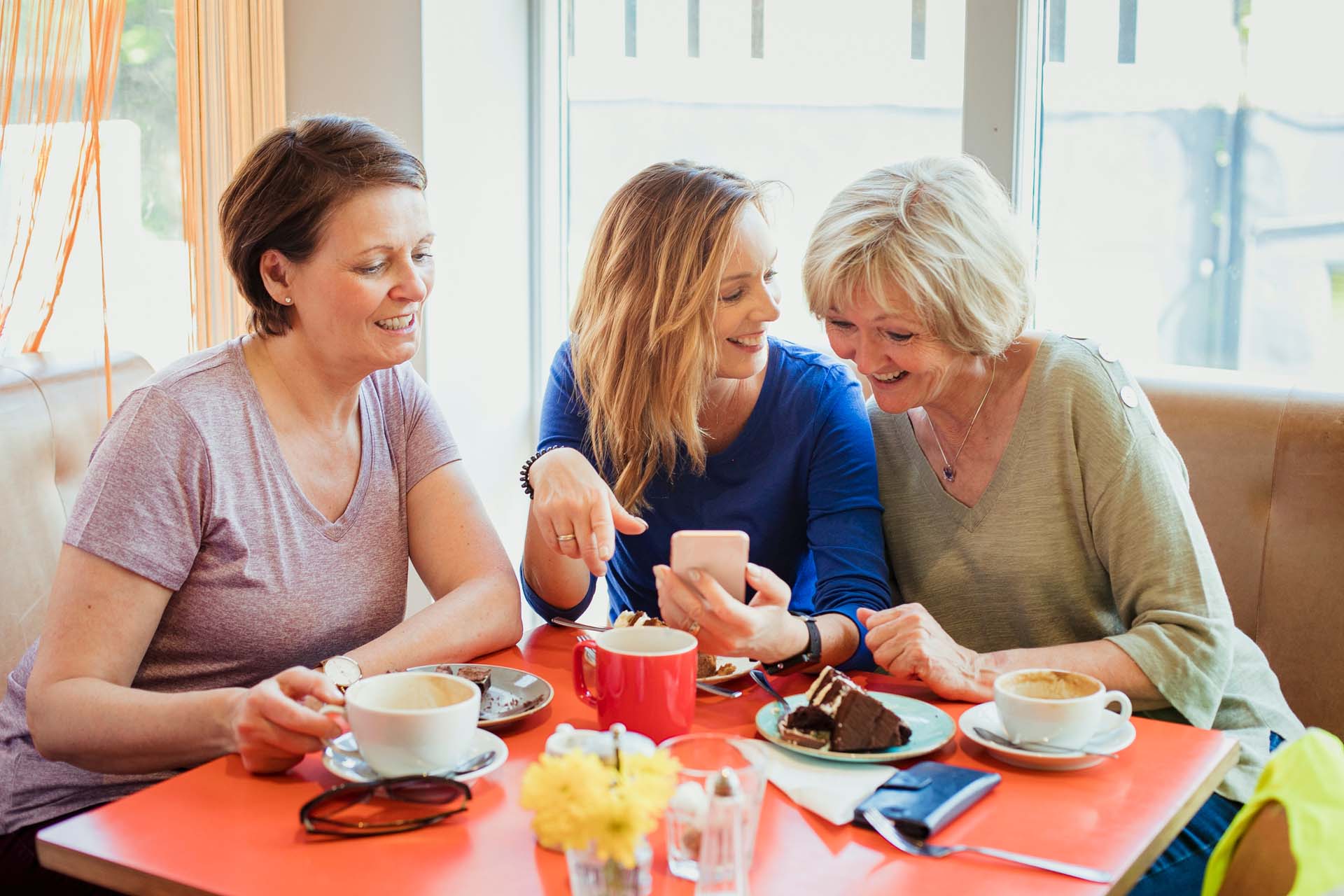
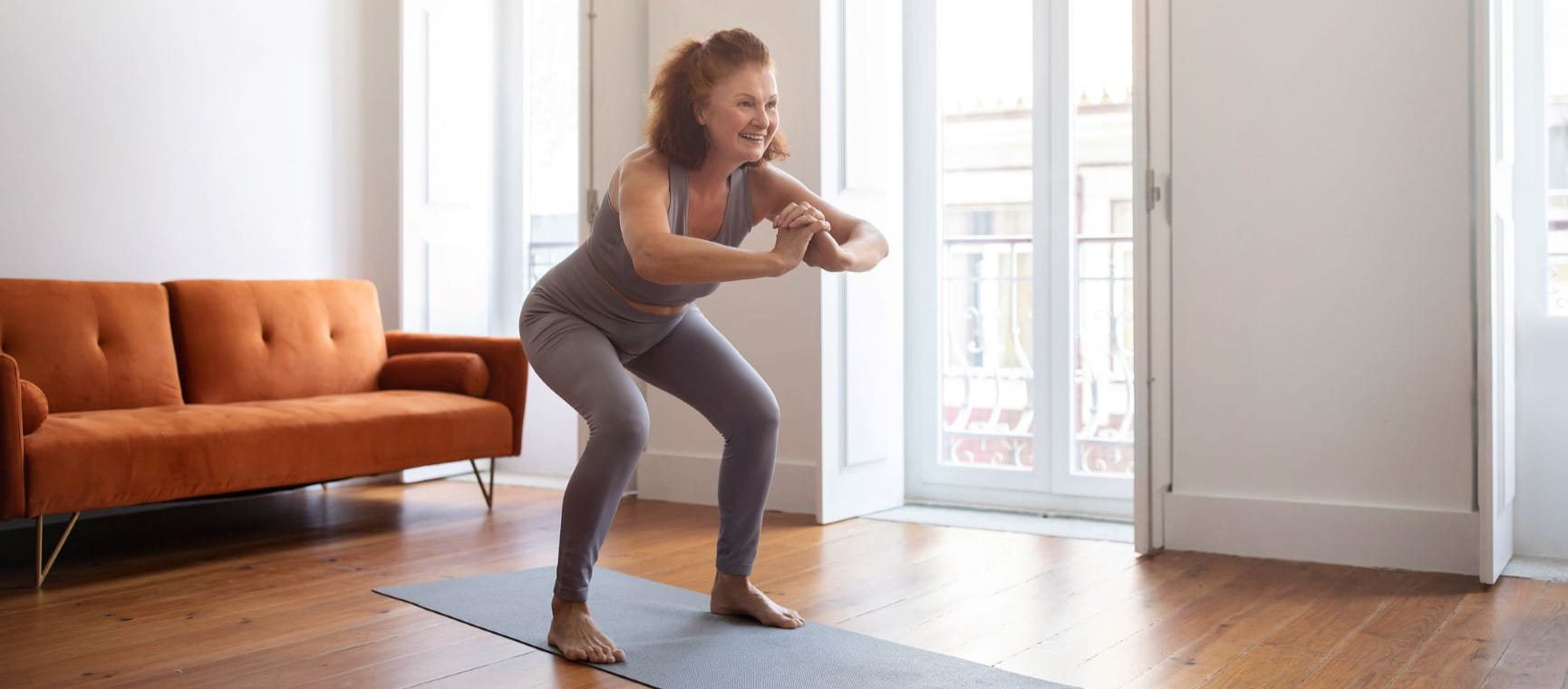
The simple exercise that could help you stay independent for longer.
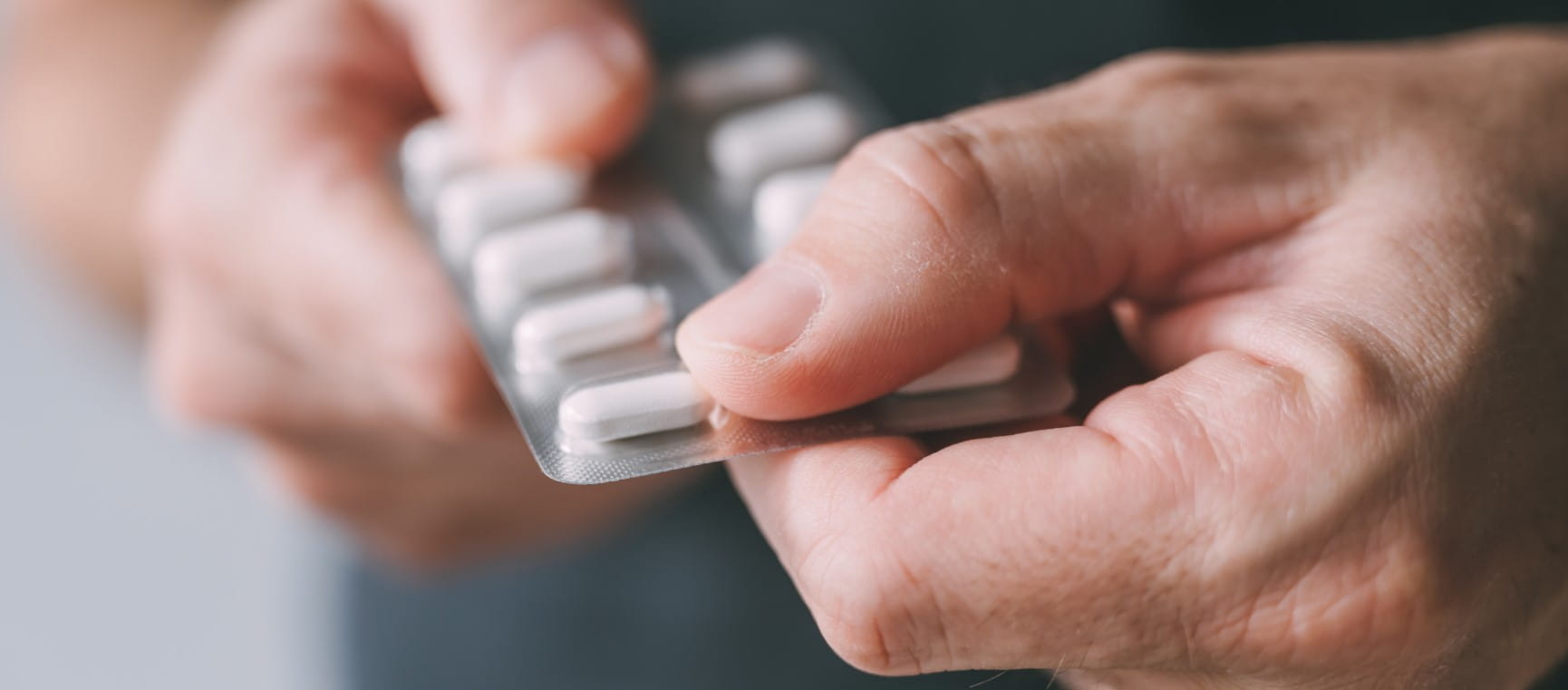
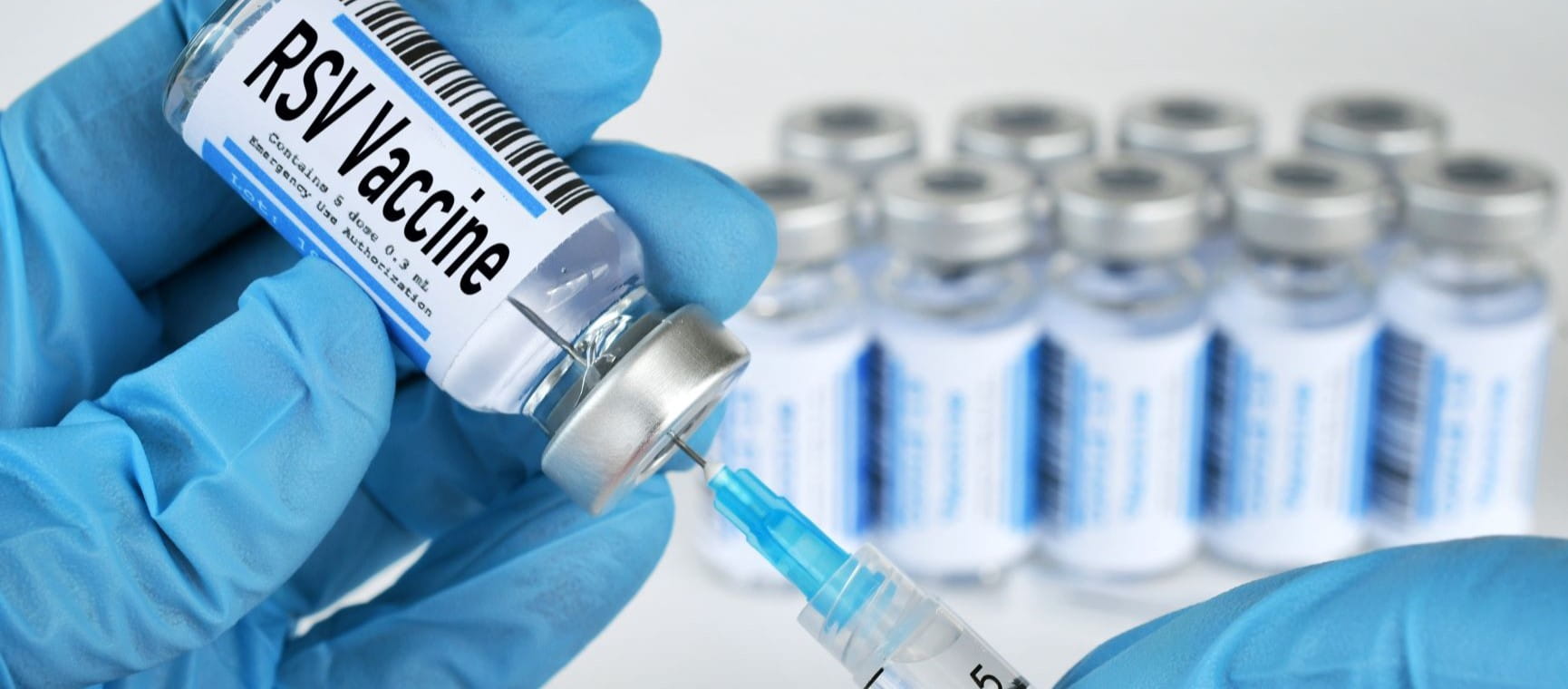

Facial weakness, a sudden headache and dizziness can all be signs of a stroke, we've got the facts from an expert.
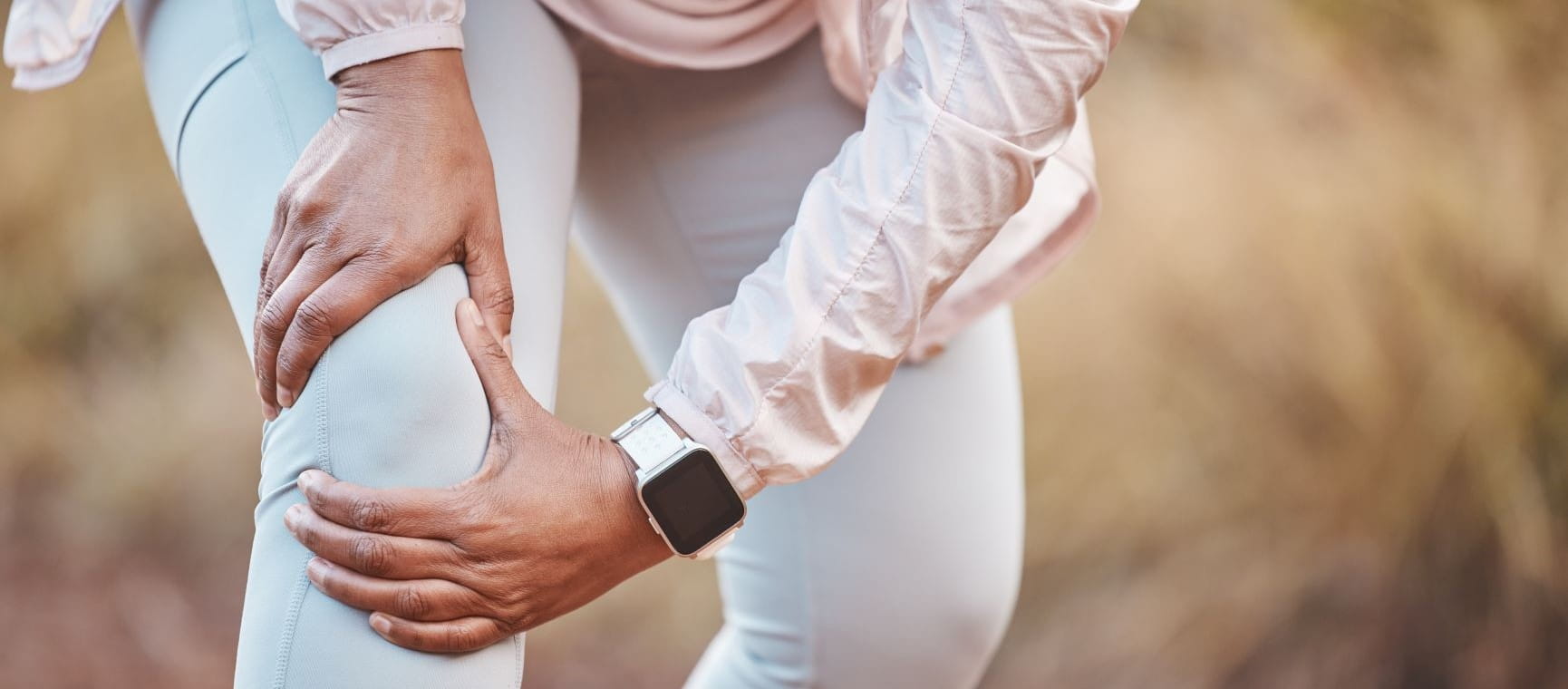
Knee pain is more common as we age: to help we've got the best advice from 3 leading experts with easy ways to make a difference.
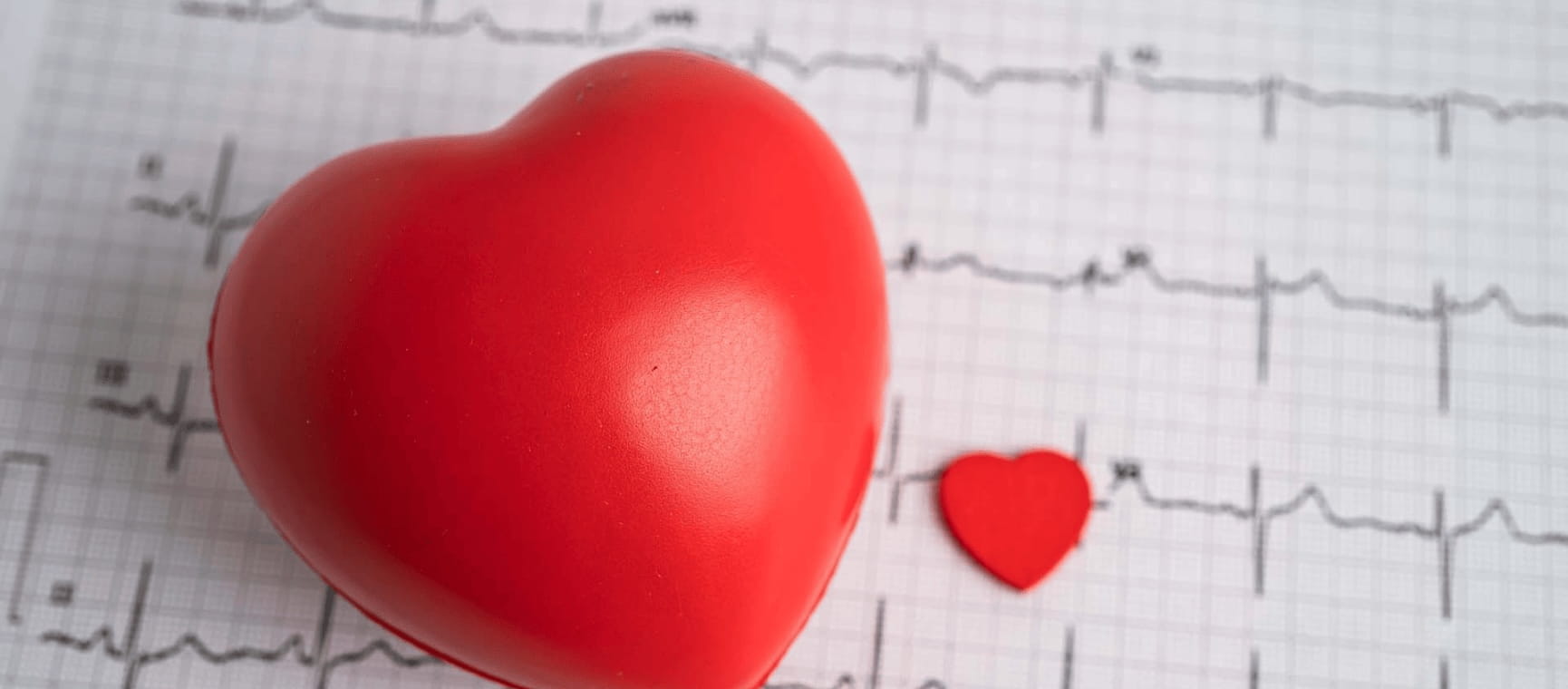
Do you know the symptoms of a heart attack? Here’s what to look out for, and how to prevent one.

Front, back or side? Which sleeping position is best for you as you get older, and which ones you should avoid
